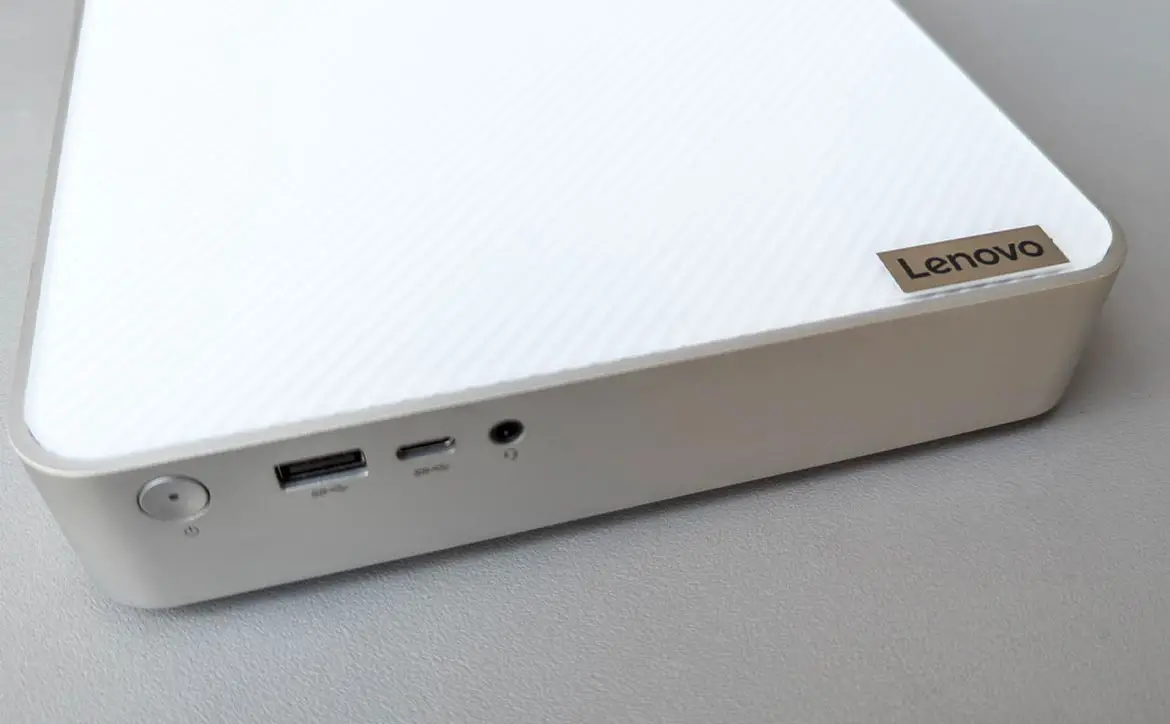Hackers are going after personal data harder than ever before. And the victims aren’t just financial or healthcare institutions. Bad actors know that they can target other businesses to obtain private information. Some of the latest data breaches have affected gaming platforms (Roblox), internet security companies (VirusTotal), and mobile phone operators (NTT Docomo). You need a data risk mitigation plan.
Estimated reading time: 5 minutes
Regardless of the size of your business or the industry you’re in, protecting your data is a priority. But where do you start, and which processes contribute to successful data risk mitigation? Let’s dive right in.
Table of contents
Regular Backups
Backing up data (which mostly refers to copying it and saving it in another location) is a practice that’s essential for retrieving documents — especially if they’re locked by ransomware or compromised in a data breach.
Even if disaster strikes, your teams should be able to access the resources they need to perform their daily tasks.
To successfully back up data, you should define:
- Which data should be regularly backed up
- How often should the backups occur
- Where the copy of important files will be stored
- How long will you hold on to the data
- How you’ll protect the physical assets within the data center
Since businesses nowadays store and manage large volumes of data, the backing-up process is automated. Also, it’s repeated continually to ensure that the most important data is safe at all times.
The emphasis is usually on protecting sensitive data. But other data, resources that workers need to access every day, has to be recoverable to avoid possible disruptions in operations.
Bonus Tip: Besides doing regular backups, make sure that you have a disaster recovery plan. And test if it works. If your files are lost, you should be able to retrieve them.
Strong Data Encryption
Encrypting your data means locking it and giving the access key only to the user who is supposed to be trusted with it.
Why does it matter in data risk mitigation?
In case files of sensitive nature do get leaked, they’re useless to hackers since they can’t read the documents.
Most businesses have a large volume of data that is either continually moving from one part of the network to another or at rest. In both cases, it must be encrypted — which is more challenging for data in transit.
To achieve strong data encryption:
- Apply industry-standard encryption to all the files (sensitive, legal, commercial, etc.)
- Use encryption techniques not only for data but also for storage devices, databases, and channels you use for sharing and transferring documents
- Perform tests to determine whether the encryption does guard your documents
The type of encryption you use will depend on the type of your business and whether the data is in transit or not.
For example, Transport Layer Security (TLS) is known as the strong protection of data in transit. As for data at rest, you would use AES-256, one of the safest commercially available encryptions that exist nowadays.
Ongoing Classification of Data
Security solutions that are designed to protect data perform this task first: identify which data you have.
Since you’re continually adding new information and creating documents (many of which are of the sensitive type), it’s crucial to know:
- What kind of data do you have?
- Where is sensitive data saved within the network?
- Who has access to which data within the company?
- In which format are the files stored?

The classification of data has to be a process that is repeated all the time with automated solutions.
When you know who is accessing your company’s sensitive information, at what time of the day, and whether this correlates with the detected cyber-criminal activity within the network, your visibility of security posture is increased.
Anomalies can indicate damaging data breaches from both external and internal sources.
Another important component of data security is restricting access based on how the data is classified. Not every worker needs access to the entire network. Limit it based on their role and the resources they require.
As a result, hackers can’t get illicit access to your entire database by compromising a single worker’s account.
Continual Threat Hunting and Response
Data gets exposed following cyber incidents (sophisticated hacking), poorly applied encryption, misconfigurations, or social engineering. To prevent this, organizations need to use AI-based tools to uncover cyber threats before hackers get to leak or alter the data.
Bad actors nowadays use both phishing schemes and various types of cyberattacks to obtain information. They can sell it on hacking forums or use it to request ransom from the victimized company.
Therefore, the fight against cybercrime and data protection are intertwined. Having a robust response plan (in case of incidents) and cybersecurity solutions is the key to safeguarding information.
Larger businesses have security teams that keep track of who has access to which data and whether there are critical risks (that could result in data breaches).
They use automated tools that are AI-based and analyze the findings in real-time. Tracking changes at all times gives you complete visibility into the entire attack surface (anything that hackers can target).
Top security tools can do more than find anomalies. They can also correlate possible cyber events (e.g., email phishing) and link them to attempts at compromising data.
Data Risk Mitigation Is An Ongoing Process
How you manage the data that you store within your infrastructure is how you manage the future of your company. The simple truth is, 60% of small businesses fail within six months of a cyber breach.
Many of the tips for proper data risk mitigation refer to regular cyber hygiene of data — identifying what kind of data you have, doing regular data backups, and figuring out if the documents are compromised. A data breach is damaging to both one’s finances and reputation. The sooner you uncover whether hacking activity is compromising your data, the smaller the recovery cost.
What sort of data risk mitigation procedures do you take? Please share your thoughts on any of the social media pages listed below. You can also comment on our MeWe page by joining the MeWe social network. And subscribe to our RUMBLE channel for more trailers and tech videos.










